ALL YOU NEED TO KNOW ABOUT ART PAINTING BRUSHES!
This is a complete guide on Types of painting brushes for artists and how to clean them
Hi! If you are starting out, or already in your way on becoming the next Picasso, here might be something that you didn’t know about painting brushes.
A brush is the most important tool for any artist, specially for painters like ourselves, this doesn’t mean you should go on a shopping spree and buy all the types and shapes you find (please don’t commit financial suicide like I did), if I have to confess, I bought most of these brushes when I was starting out, I still buy from time to time a whole new set of brushes, to try their materials and their spring (boing-boing), but most of the time I stick to my reliable go-to two shapes and three sizes!
Before I begin with all the juice details, here’s the anatomy of a brush, so, you know, you can sound fancy when you want to talk about brushes, or just for general trade knowledge!
Head: this part can be divided on tip (the shape here), and belly. How cute!
Ferrule: the metal cylinder that holds the hairs in shape. Impressionists invention! before they hairs were tight together with wire, you can still find wire knotted brushes! You know you got a quality brush when the ferrule doesn’t start dancing after some time. If it doesn’t come loose and it doesn’t rust, it’s a keeper!
Handle: This is the extension of your arm basically, generally made of wood, sometimes plastic. The length can vary depending on the brand, but mostly you got short and long. A good brush will balance on your fingers no matter the size!
I have accumulated so many painting brushes over the years that it seems to me that I am about to open an art supplies store. Would you care to come and shop? 💸
First things first, there are four main types of materials, mostly three types of lengths and a very broad variety of shapes (from 8 the most common shapes to 18 mostly bristle/hair) and sizes (from 8 to 12 on some brands!)! So, in total you can stumble upon:
Types of material (4) x type of length (3) x head shape (8) x size (10) = 960
Holy cadmium! At least 960 Total different brushes or MORE!
THE FOUR TYPES OF MATERIALS ARE:
Natural hair brushes
Synthetic hair brushes
Silicone brushes
Foam brushes
Natural hair brushes are made, you guessed it, of natural hair, which means, they are made from animals, such as: pig, horse, pony, goat, boar, weasel, squirrel (I know!), ox, hog, badger, mongoose (illegal now!), camel.
The most common natural hair painting brushes are “the white ones”, tough and rough, made from hogs/pig’s bristles, (thank you impressionists!), which are mainly used for oil painting, they are super hard to use with other technique, but some can be used with gouache. Big brushes are used for major washes with oil painting, but also they are used intentionally leaving a trace of the brushstrokes on the painting.
The other natural hair which is very common to find are the sable brushes, not exactly from sable, but any weasel family, yes, including squirrels, which by the way hold a lot of water, these brushes are mainly for watercolours, they are soft and some hold their shape amazingly, sable brushes are also great for washes on watercolour, details or a softer work on oil painting.
Mongoose brushes, which are no longer produced nowadays, have the perfect balance between pig and sable, so they are not so tough, but they are not so soft. You can still find some brushes left made out of this material. My fav were the Escoda Rustico for oil paints.
Synthetic Hair brushes have you tried vegan burgers? They have the same texture as a meat burger but they are made of veggies. Well, synthetic brushes are made to behave and perform as natural brushes, just without using animal fur/hair ☺️✌🏼. There are also some synthetic brushes which have their own behavior. More or less absorption, increased spring, etc…
Silicone brushes are made of flexible silicone, why? depends, on oil painting or acrylic painting they are used to leave certain marks on the canvas, or apply the paint flat. On watercolour, you can use a small silicone brush to apply the masking fluid without ruining the brush. Besides these two uses, I find no more use of them, but some people really use them and enjoy the flat texture it provides.
I use Foam brushes to apply gesso on my canvas, they are cheap, easy to wash and flat. You can also use them to create texture.
two foam brushes, followed by two silicone brushes.
THE THREE TYPES OF painting brushes LENGTH ARE:
Long handle brushes
When it comes to handle size, it depends on your style of painting, I personally prefer long handle brushes, it frees me from being too tight on my painting, and keeping a distance from the canvas/surface allows me more freedom of movement. This is the preferred size for oil painters (and acrylic painters) as you paint vertically on a bigger surface and you need to stand away of your canvas.
Short Handle brushes
On the other hand, short handle are way more practical, to carry and they let you work with your hand-wrist, while the long handle is like an elbow movement. (I hope this makes sense). Short handle are used for watercolor painting and gouache. Mostly because you work on a surface/table that is horizontal.
Travel size brushes
Anyways, if you want to paint and carry really light weight gear and more compacted, travel size brushes are just great!
Pictured here are the three lengths of brushes, travel brushes (mostly Escoda, but also Winsor and Newton and Da Vinci), also brushes with water container mostly use for traveling with watercolours or gouache, short handle brushes which are mostly used for watercolour and long handle brushes which some are for acrylic but mostly for oil painting, the last two are rake brushes used for watercolour to paint big surfaces.
EIGHT TYPES OF painting brush HEADS:
Round brush
Depending on your painting style, some are more convenient than others. The round brushes are usually aimed to make details. But, I have to say, before, back in the day, the round brushes for painting were all there was, in Europe or in Asia. You can achieve different styles, you can work your brush perpendicular to the surface, or at an angle to make a longer stroke, (if you use it perpendicular you will ruin it faster though). In watercolours most of the brushes are round, they also are specially designed to hold tons of water, and depending on the hair (like squirrel), they do amazingly on washes and huge backgrounds. I was more into flats than rounds before, but lately I’m all into rounds as my main brush.
Assortment of round brushes different sizes
Flat & Bright brush
Flat brushes are quite versatile, most of the time people (myself included) use flats to make backgrounds, but you can also use the flat brush as a sort of round, when you use it on the side; actually, until I discovered my new favourite brushes, I used to carry a big #16 flat and do everything with it, specially when I went painting outdoors, from bg to finer details, one big brush was all I needed. Depending on the brush, they might or may not absorb more paint or water. Now, bright brushes are almost like Flat brushes, just shorter, imagine a flat brush went to the salon and got a straight hair cut, lol, that’s a bright brush.
Assortment of flat brushes different sizes
Filbert brush
Filberts brushes are like flats but have a curved cut instead of a straight cut; in Spanish they are called “cat tongue brushes” (pinceles lengua de gato), I have many of them but i don’t use them, but only one, favorite filbert brush, which i use all the time, it is the Escoda Rustico #6, which I use with oils, oh man, that brush is so amazing, but unfortunately and luckily I guess, they are no longer in production as they used an animal hair which is now under protection, I think people went crazy with them or something, but fear not as they have synthetic alternatives, I have not tried them but I was told by an Escoda representative that they behave just the same. You can find them on their website or on amazon.
Assortment of cat tongue or filbert brushes different sizes
Angular brush
Angular brushes are like flat brushes but cut in an angle, the tip is slanted, so you can use their nice pointy end to do some details. Many artist do like angled brushes, they can be handy when painting curves, also when doing strokes with varying thickness.
SWORD OR DAGGER brush
Sword or dagger brushes, the only one I have, I have it because it came with the nice Escoda set (cost me around 60 euros) of three travel size watercolour brushes. I’ve seen watercolorists using it to make leaves or flowers, there might be more uses to it, like calligraphy perhaps, but I haven’t used it that much tbh.
Escoda brush set for watercolor, from left to right, Escoda Versatil Mop brush, Escoda Perla flat brush, and Escoda Perla Dagger brush.
MOP brush
Mop brushes are big thick round brushes, mostly used in watercolour to cover a large and wide area, they also are amazing at holding water. When I paint with watercolours I usually carry a 12 size travel size mop brush from Escoda ULTIMO, and I really love it, the hair is synthetic squirrel, and it holds great amount of water and it holds its shape, I have managed to paint quite big paintings considering the size.
Rigger brush
Rigger brushes are round brushes with very very long bristles, haha, really long, they are ideal to paint lines, I’ve seen some people using them to do lettering (not my forte), but they are indeed ideal to paint branches, and very thin lines. I only use one when I paint with watercolours, you can give them a try, but for gouache I prefer just a small size round brush.
Rigger brush top, and bottom is a mop brush for watercolour painting traveling model by Escoda
Fan brush
Fan brushes, are really hard for me to place, they literally look like a tiny fan, made of a think layer of bristles all spread out like a hand. I know an amazing artist, Tommy Kim, whose signature brush is a fan brush, if you check his videos you can see he manages to paint with it almost the whole landscape using gouache, it gives him certain freedom and textures other brushes don’t. I have tried his approach but I lack the experience he has with it, therefore my paintings look too loose if using a fan brush. On the other hand, fan brushes have been used in oil painting to soften “borders” and blend colors. You can try both ways :) and let me know how it goes and what you prefer!
Assortment of fan brushes different sizes
Brush Head SIze
When it comes to the size of the head of the brush, although there is certain standard on the numbers, the sizes can vary depending on the brand. Size of a brush can go from 6/0 or 0/3 or 000 up to 24. The size is more or less the diameter of the ferrule, but not always. For some reason, most brands have even numbers on their sizes, and usually they start with 0/2, 0, 2, 4… up to 24.
The most common size to paint small pieces is 6 for rounds, and for flats is a 12, or even a 16. Many people, myself included, can work with a 16 flat since the beginning of the painting all the way to the end. Some people do prefer a bit of a smaller brush, like a 4. This will vary depending on your painting style of course :)!
If you do not know where to start, I would suggest a 6 to do most things, a flat 12 to cover more surface, and a 2 or smaller to do some fine details. But if your 6 round is fine and good quality (as in holds its shape), you can skip the 2 and use a 00 (or 0/2) to do really fine details. That’s the size I use to sign my pieces.
CARING FOR YOUR PAINTING BRUSHES
Watercolour and Gouache painting brushes
All you need to clean your brushes is: towel paper/kitchen paper, brush soap or a gentle soap works, and water (hot water for synthetic, cold water for natural hair brushes).
Good quality Watercolor brushes which are cared for and protected should last decades, as watercolour can be easily cleaned with water in most cases. Nonetheless you can wash it with a gentle soap, the same applies when using gouache. Even if you leave some watercolour on the brush, you will be able to save the brush.
Smaller brushes tend to wear off faster, as they have fewer bristles. Care for them as much as possible, but keep in mind you will have to replace them sooner, so don’t worry and don’t spend a crazy amount of money on them.
Synthetic brushes can resist more tearing and damage than natural hair brushes, so be gently with the latter.
Oil painting brushes
On the other hand oil painting and acrylic painting can heavily damage your brushes, specially if you let some residue dry on the roots of the brush bristles, right where they touch the ferule, these residues will accumulate over time and the brush will start losing its shape and hold. To care for oil painting brushes you will need a few more things, but washing the brushes right off after painting with soap (which removes oils) on the palm of your hand will definitely help. This process takes time, so that’s why I usually leave my brushes on a homemade brush holder dipping them in oil overnight (only up to the root of the brushes, not over the ferule. Since I am painting everyday, I do not need to wash them every time I finish a painting session, saving me a lot of time. Nonetheless, every month or so I take all my brushes and wash them one by one.
How to wash your oil painting brushes?
This is how both brush soaps look in the inside, one is like a solid soap, and the escoda has more of a gel texture. That’s the water container I use in this process.
I take the brush soaps: Master’s brush cleaner and Escoda brush soap, and a piece of kitchen paper.
I boil water, and I put it on a little container
I dip the synthetic brushes on the hot water, and I apply the soap on it. For natural hair brushes, use cold water, hot water could damage the brushes.
I hold the brush hairs laying (caressing) it on the center of the palm of my hand and in circular motions as I wash it.
I clean it with the kitchen paper, removing the paint from the brush, using the paper outwards the brush bristles.
I repeat this process (from 3 to 5) until the paper comes off completely white.
This above process works for both, watercolour brushes and oil/acrylic brushes. But, if your oil paint or acrylic paint was left to dry on the brush, then you might need to dissolve the paint, for oil painting either turpentine, or mineral spirits, or brush cleaners which have some sort of thinner. Any thinner would work for acrylic too. Personally I be as careful as possible as to not be obliged to use thinners or turpentines, as I avoid toxic fumes, but if you do use them, please open the windows or do it on an open space, I know some fumes can give headaches, so avoid them if possible. :)
Thank you for reading all the way down!
Go out, explore and happy painting!
Follow me on Instagram @kiyary to see what I am currently working on or subscribe to my Youtube channel and check out my videos with more details on the artists life, my painting process, tools, materials, adventures, and tips! I love to go outdoors to paint but I also enjoy painting and working in the studio :D
Some of the links used on this post are Amazon affiliate links. This means that at zero cost to you I may earn a commission for purchases made through these links. However, this does not impact my reviews and comparisons. I only suggest products I’ve reviewed, and in many instances also use, in order to help you make the best choices.
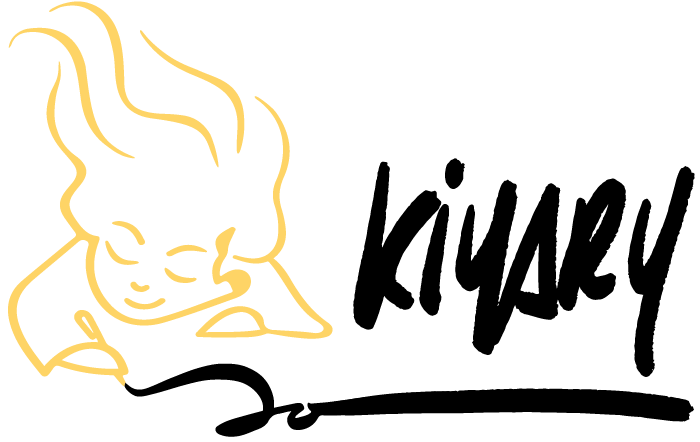





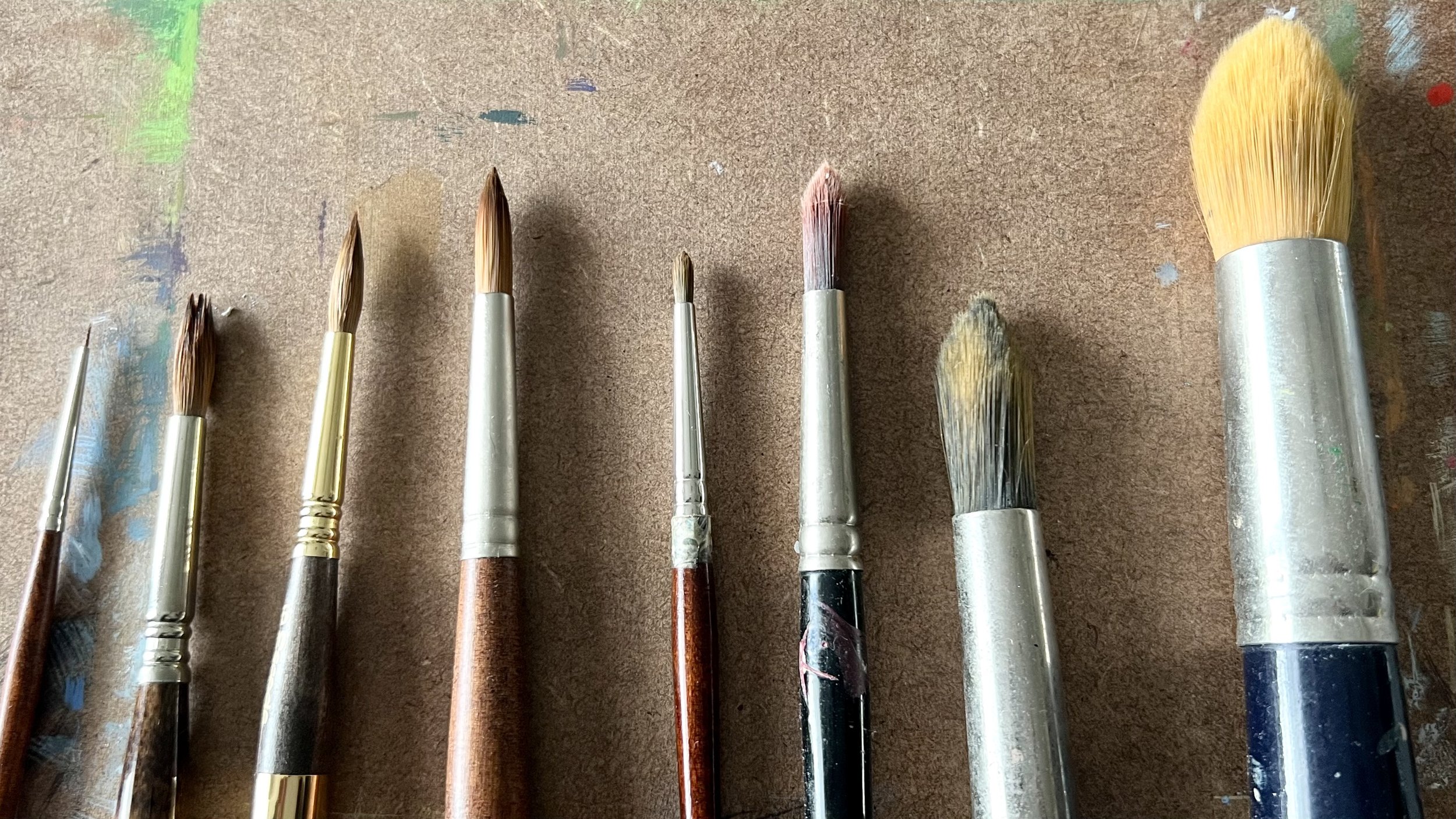
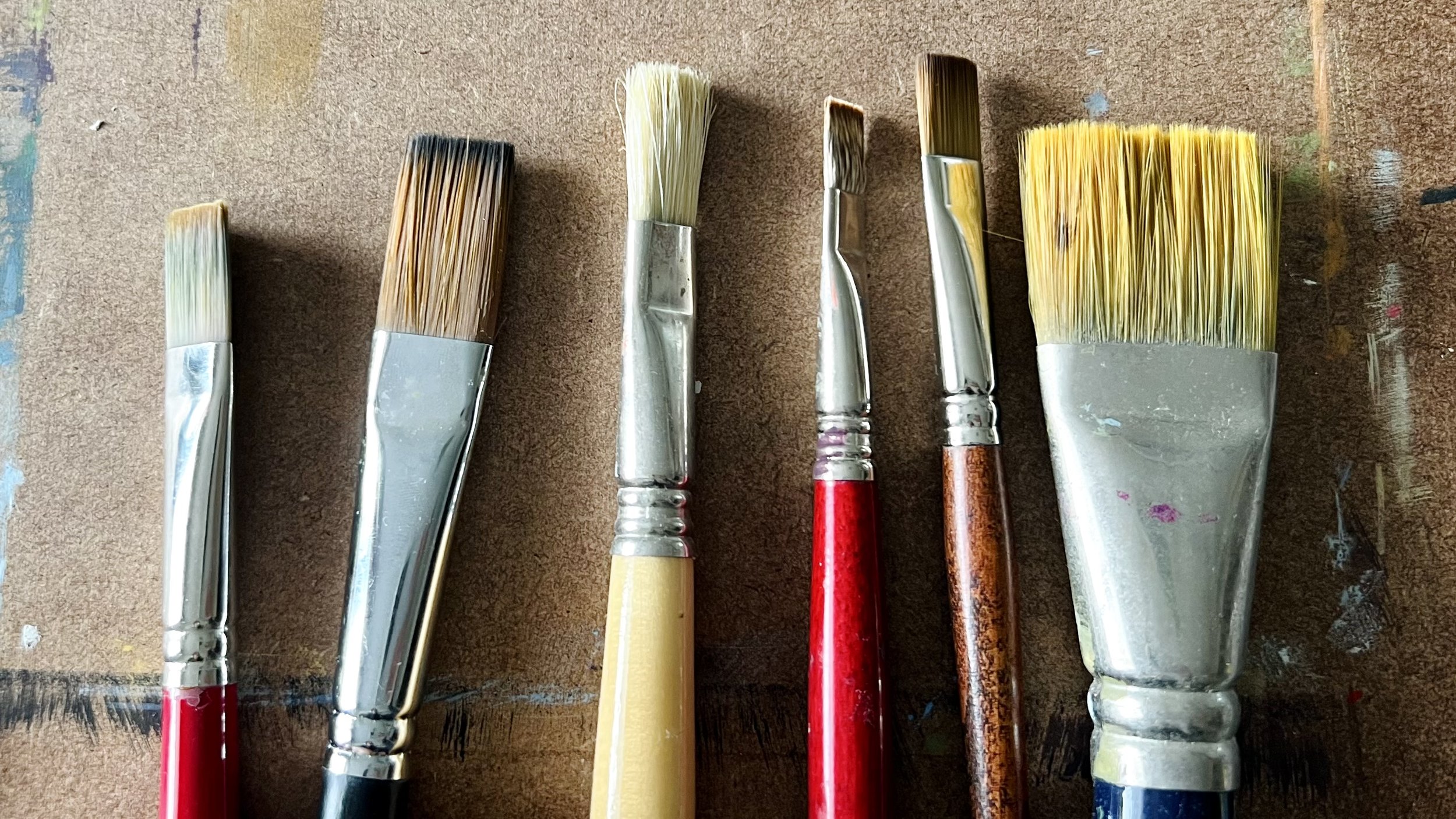
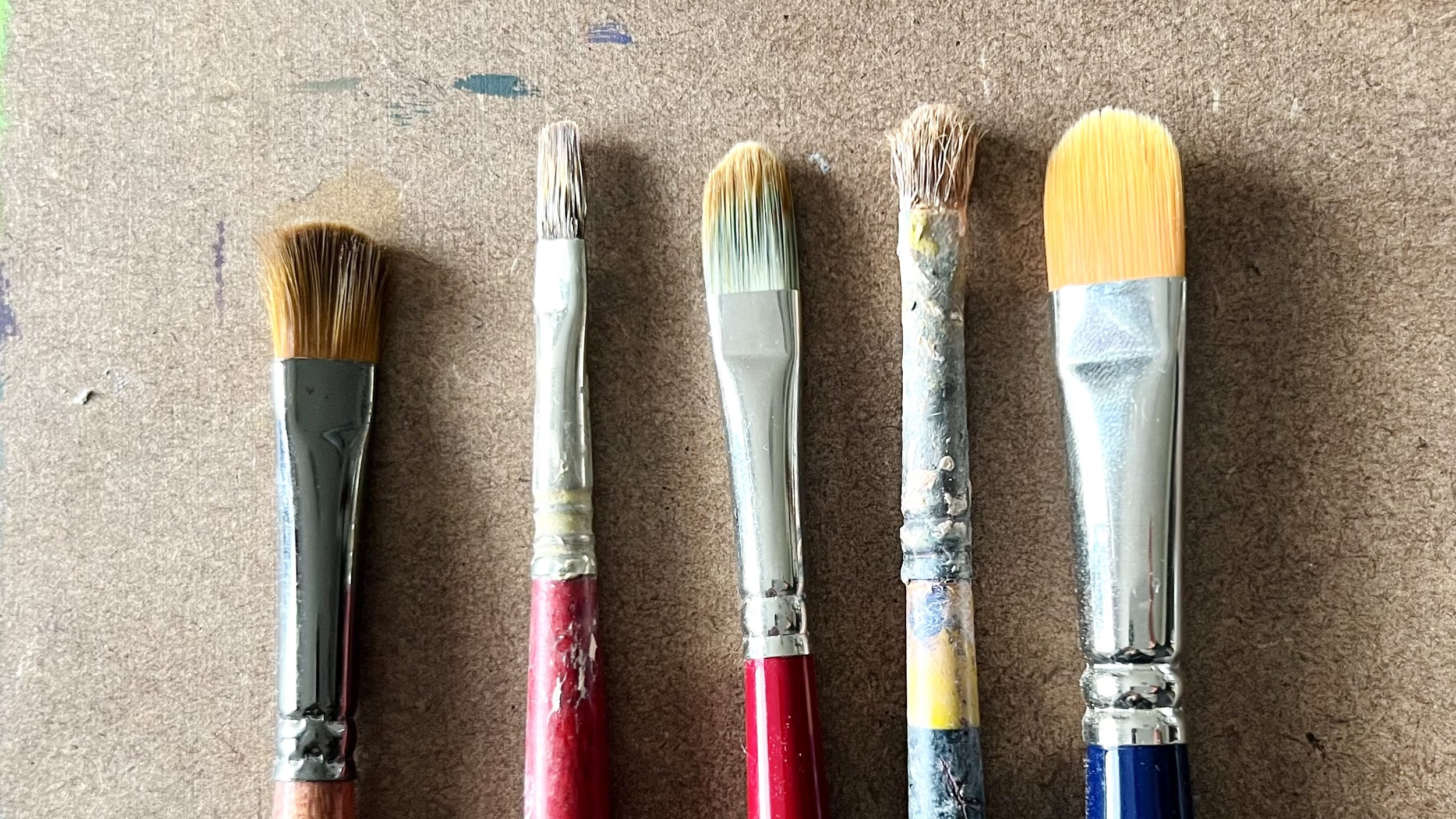
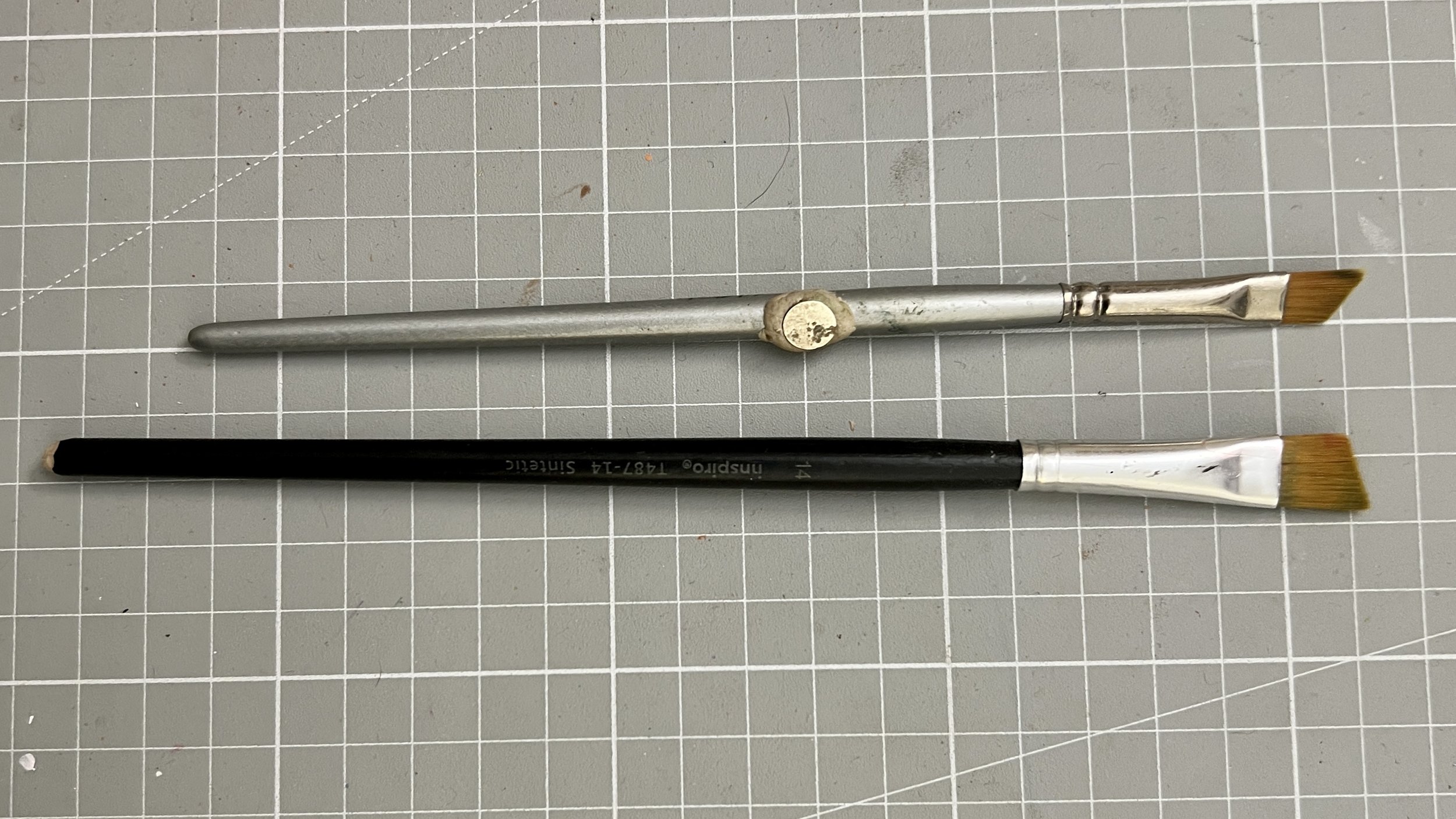





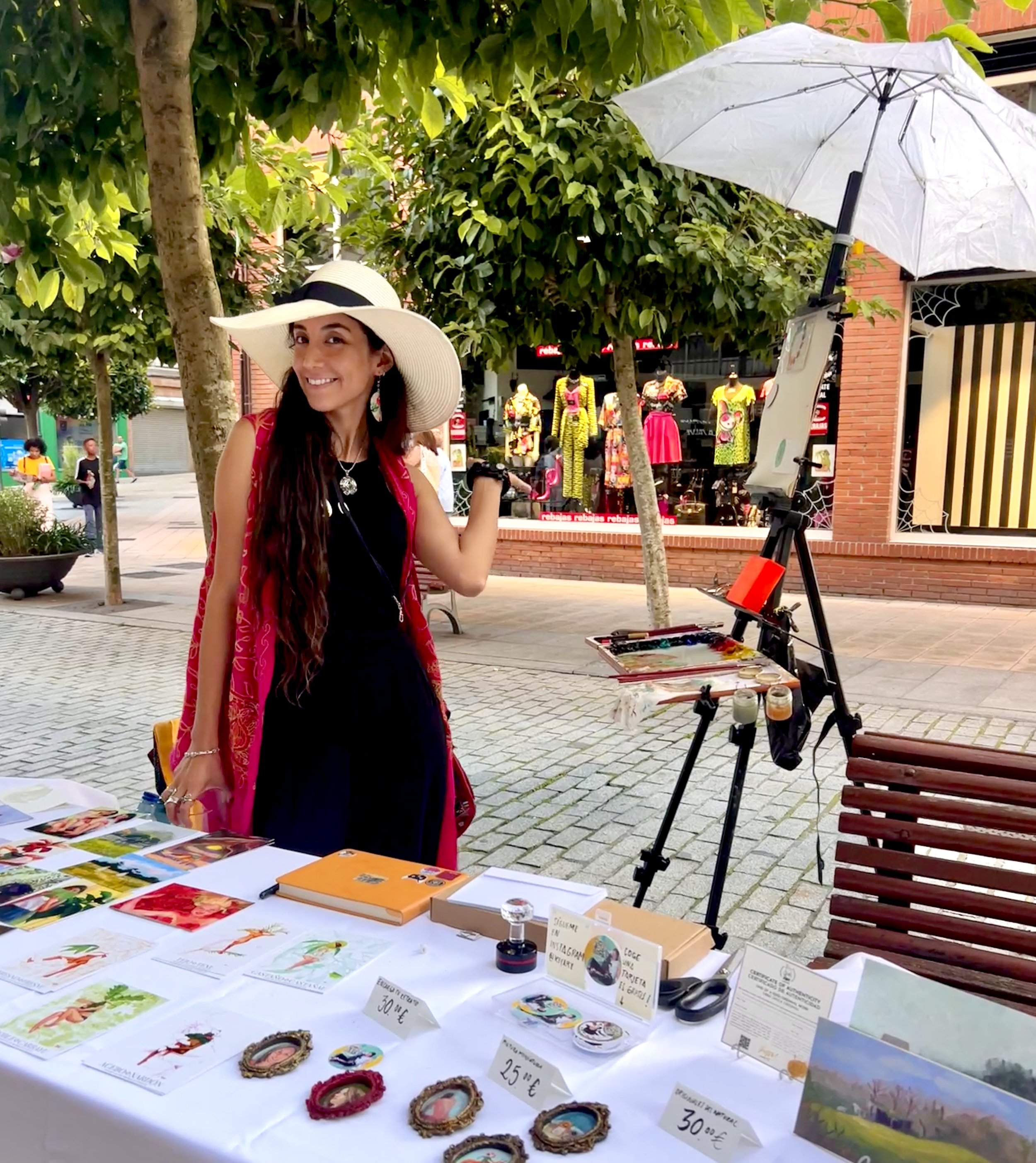

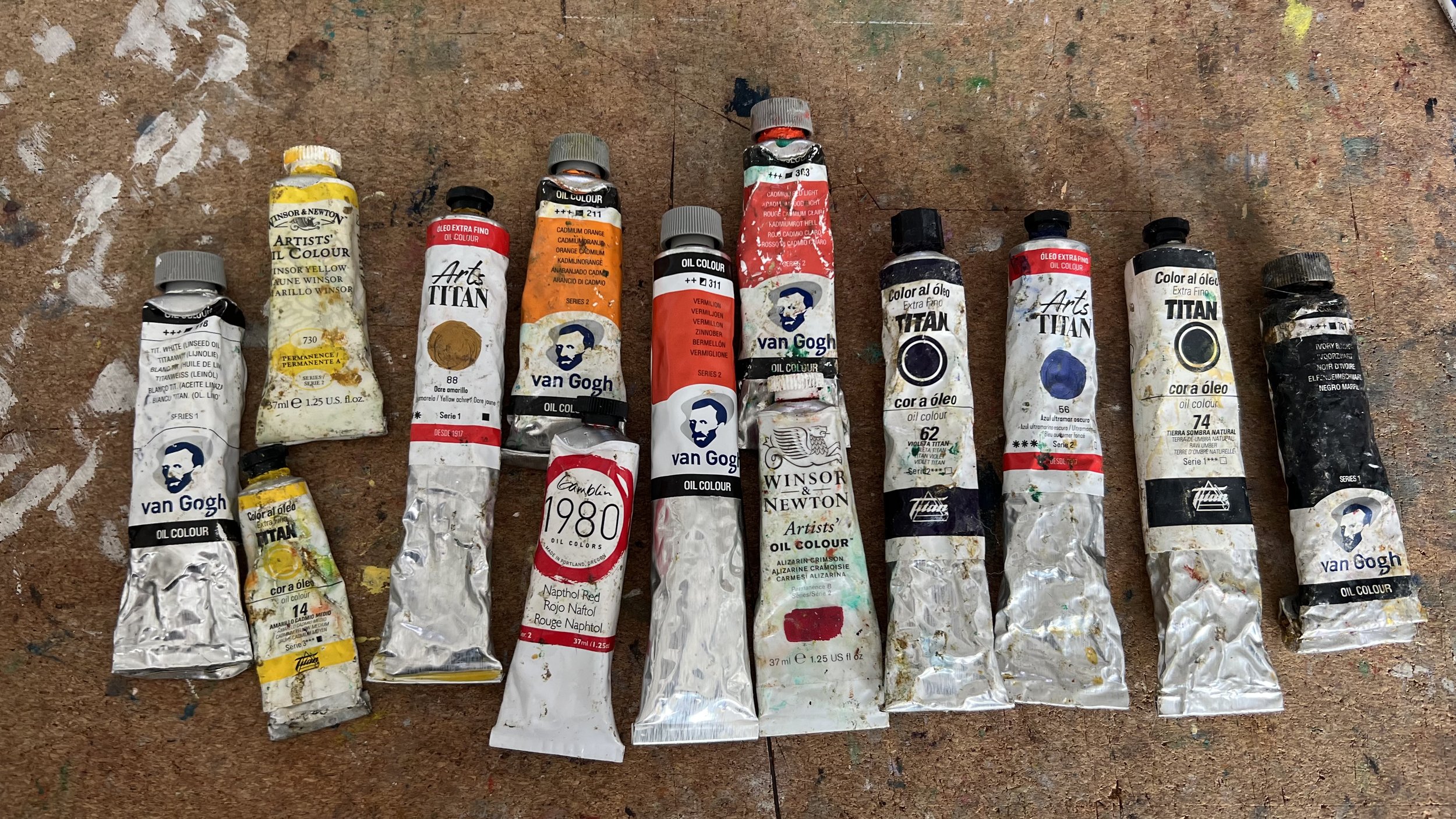
Encargo de Bittia con nuestro grupo de ilustradores asturianos para crear una serie de ilustraciones para el libro conmemorativo de los 40 años de Cogersa, empresa de reciclaje y residuos de Asturias. Este post presenta el proceso creativo detrás del hito que tuve que ilustrar.